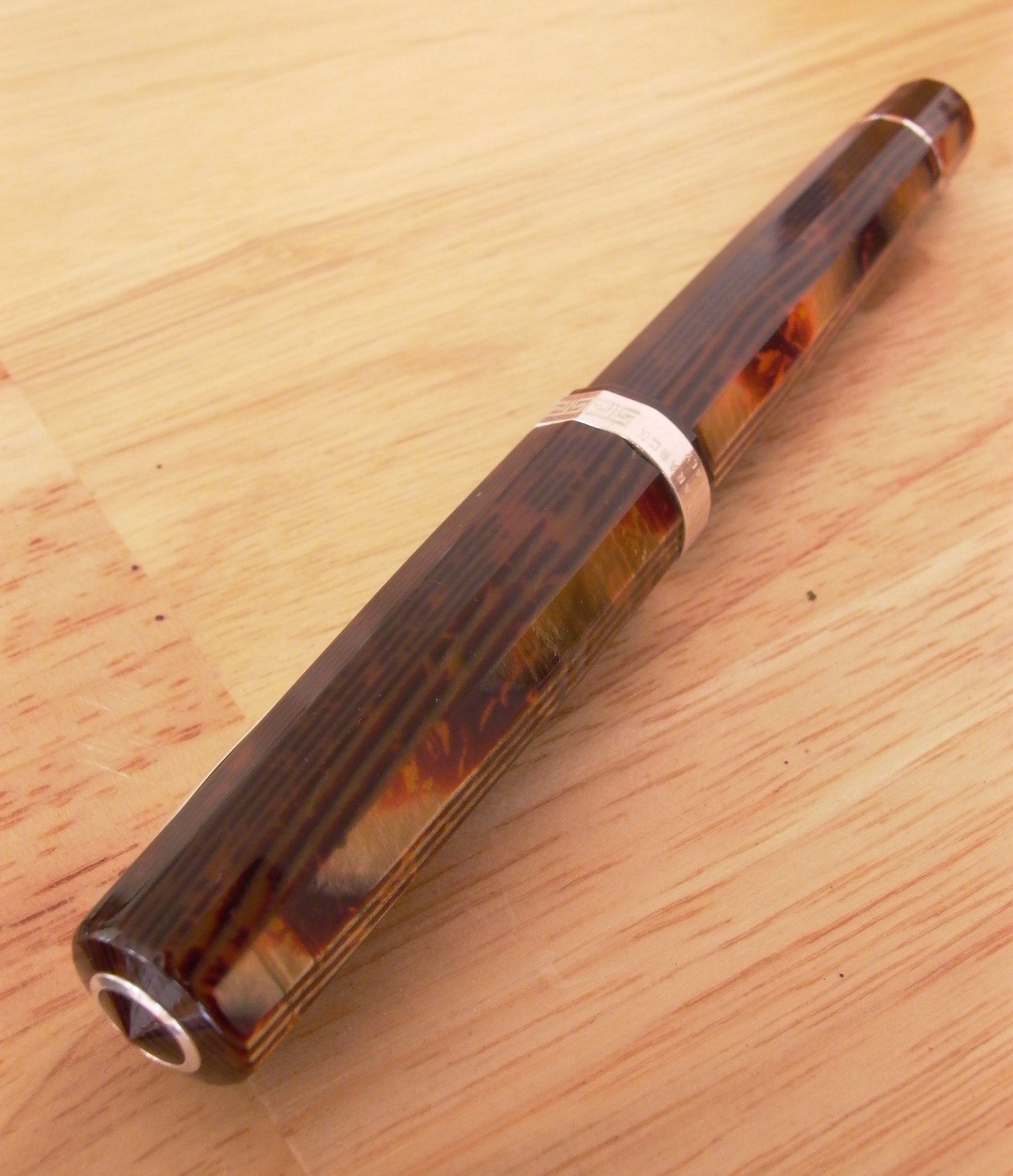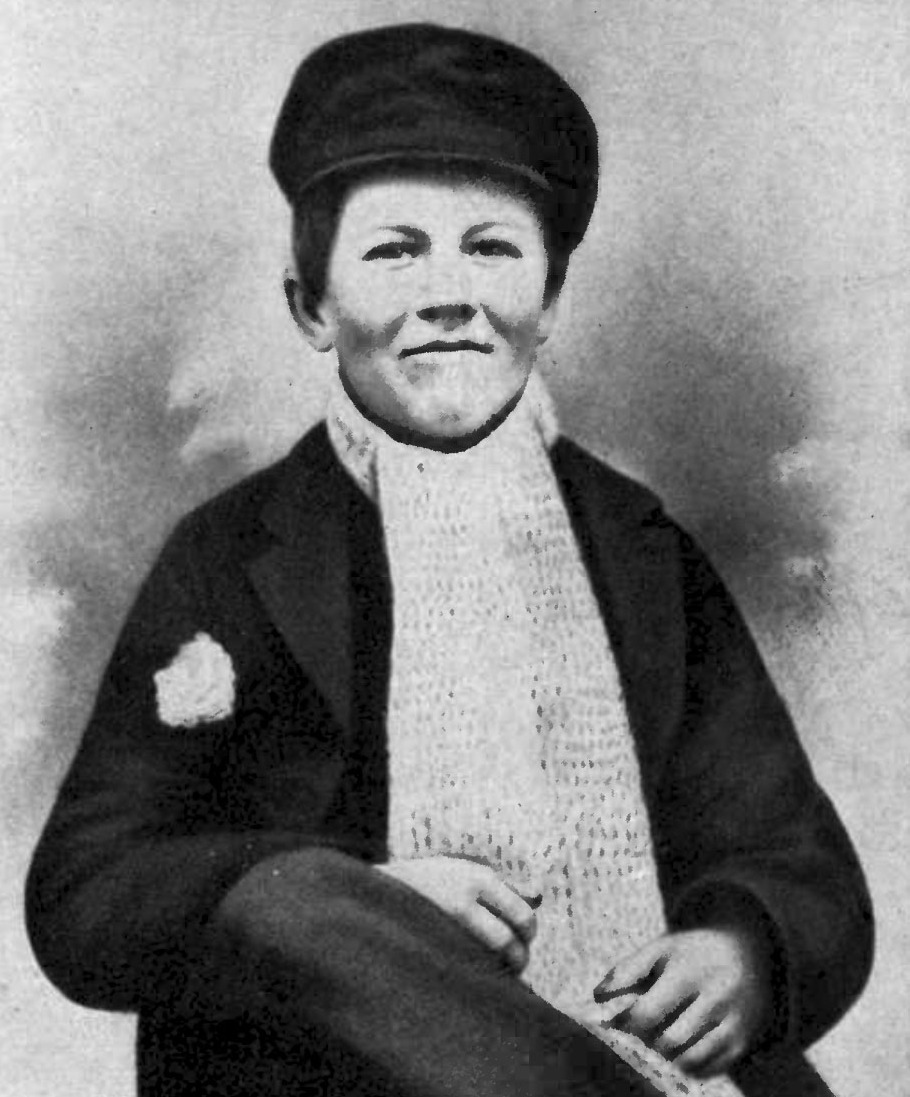|
Keystone Dry Plate Works
The Keystone Dry Plate and Film Works was founded by John Carbutt in 1879 in Philadelphia, and its 113 Berkley Street location was constructed in Germantown in 1884. The factory became the location for his pioneering work in new photographic technologies, including improved glass plate photography, x-ray imaging, the first 35 mm celluloid film, and very early color photography procedures. Carbutt developed the first gelatine-bromide dry plates (1879), the first orthochromatic dry plates (1886) and the first celluloid dry plates(1888) in this location. He produced the first 35mm film here and sold it to Thomas Edison. In 1888, he introduced the less than a decade-old Edison light bulb Edison light bulbs, also known as filament light bulbs and retroactively referred to as antique light bulbs or vintage light bulbs, are either carbon- or early tungsten-filament incandescent light bulbs, or modern bulbs that reproduce their appear ... to increase productivity in his factory, and ... [...More Info...] [...Related Items...] OR: [Wikipedia] [Google] [Baidu] |
Keystone Dry Plate And Film Works
Keystone or key-stone or ''variation'', may refer to: * Keystone (architecture), a central stone or other piece at the apex of an arch or vault * Keystone (cask), a fitting used in ale casks Business * Keystone Law, a full-service law firm * Digital Keystone, a developer of digital entertainment software * Keystone Aircraft Corporation * Keystone Bridge Company, an American bridge building company * Keystone (beer brand) * Keystone Camera Company * Keystone (gasoline automobile) * Keystone (steam automobile) * Keystone Pipeline, a crude oil pipeline * Keystone-SDA/Keystone-ATS, a Swiss press agency * Keystone View Company, a US photo agency * Keystone (Berkeley, California), a defunct music club Entertainment * ''Keystone'' (video game), part of the Xbox Live Arcade title ''Fable 2 Pub Games'' * Keystone (band), led by jazz trumpeter Dave Douglas ** ''Keystone'' (album), a 2005 album by the band * Keystone Cops, a silent movie series * '' Keystone Kapers'', a classic Atar ... [...More Info...] [...Related Items...] OR: [Wikipedia] [Google] [Baidu] |
John Carbutt
John Carbutt (1832–1905) was a photographic pioneer, stereo card publisher, and photographic entrepreneur. He came to be the first to use celluloid for photographic film and to market dry-plate glass negatives. He was born in Sheffield, England on 2 December 1832. He moved to Chicago in 1853. In 1866, as the official photographer for the Union Pacific Railroad, he produced the series of stereographic cards titled ''Rail Road Excursion to the 100th Meridian.'' The series celebrated the crossing of the border between the western and eastern United States in October 1866 during the construction of the transcontinental railroad.Micah MessenheimerCamera and Locomotive: Two Tracks Across the Continent ''Library of Congress Prints and Photographs Division'' Carbutt founded the Keystone Dry Plate Works in 1879 and was the first to develop sheets of celluloid coated with photographic emulsion for making celluloid film in 1888. Carbutt sliced thin plates from a rigid celluloid block ... [...More Info...] [...Related Items...] OR: [Wikipedia] [Google] [Baidu] |
Philadelphia
Philadelphia, often called Philly, is the largest city in the Commonwealth of Pennsylvania, the sixth-largest city in the U.S., the second-largest city in both the Northeast megalopolis and Mid-Atlantic regions after New York City. Since 1854, the city has been coextensive with Philadelphia County, the most populous county in Pennsylvania and the urban core of the Delaware Valley, the nation's seventh-largest and one of world's largest metropolitan regions, with 6.245 million residents . The city's population at the 2020 census was 1,603,797, and over 56 million people live within of Philadelphia. Philadelphia was founded in 1682 by William Penn, an English Quaker. The city served as capital of the Pennsylvania Colony during the British colonial era and went on to play a historic and vital role as the central meeting place for the nation's founding fathers whose plans and actions in Philadelphia ultimately inspired the American Revolution and the nation's inde ... [...More Info...] [...Related Items...] OR: [Wikipedia] [Google] [Baidu] |
Germantown, Philadelphia
Germantown (Pennsylvania Dutch: ''Deitscheschteddel'') is an area in Northwest Philadelphia. Founded by German, Quaker, and Mennonite families in 1683 as an independent borough, it was absorbed into Philadelphia in 1854. The area, which is about six miles northwest from the city center, now consists of two neighborhoods: 'Germantown' and 'East Germantown'. Germantown has played a significant role in American history; it was the birthplace of the American antislavery movement, the site of a Revolutionary War battle, the temporary residence of George Washington, the location of the first bank of the United States, and the residence of many notable politicians, scholars, artists, and social activists. Today the area remains rich in historic sites and buildings from the colonial era, some of which are open to the public. Boundaries Germantown stretches for about two miles along Germantown Avenue northwest from Windrim and Roberts Avenues. Germantown has been consistently bounde ... [...More Info...] [...Related Items...] OR: [Wikipedia] [Google] [Baidu] |
X-ray
X-rays (or rarely, ''X-radiation'') are a form of high-energy electromagnetic radiation. In many languages, it is referred to as Röntgen radiation, after the German scientist Wilhelm Conrad Röntgen, who discovered it in 1895 and named it ''X-radiation'' to signify an unknown type of radiation.Novelline, Robert (1997). ''Squire's Fundamentals of Radiology''. Harvard University Press. 5th edition. . X-ray wavelengths are shorter than those of ultraviolet rays and longer than those of gamma rays. There is no universally accepted, strict definition of the bounds of the X-ray band. Roughly, X-rays have a wavelength ranging from 10 nanometers to 10 picometers, corresponding to frequencies in the range of 30 petahertz to 30 exahertz ( to ) and photon energies in the range of 100 eV to 100 keV, respectively. X-rays can penetrate many solid substances such as construction materials and living tissue, so X-ray radiography is widely used in medi ... [...More Info...] [...Related Items...] OR: [Wikipedia] [Google] [Baidu] |
135 Film
135 film, more popularly referred to as 35 mm film or 35 mm, is a format of photographic film used for still photography. It is a film with a film gauge of loaded into a standardized type of magazine – also referred to as a cassette or cartridge – for use in 135 film cameras. The engineering standard for this film is controlled by ISO 1007 titled '135-size film and magazine'. The term 135 was introduced by Kodak in 1934 as a designation for 35 mm film specifically for still photography, perforated with Kodak Standard perforations. It quickly grew in popularity, surpassing 120 film by the late 1960s to become the most popular photographic film size. Despite competition from formats such as 828, 126, 110, and APS, it remains the most popular film size today. The size of the 135 film frame with its aspect ratio of 1:1.50 has been adopted by many high-end digital single-lens reflex and digital mirrorless cameras, commonly referred to as "full frame". ... [...More Info...] [...Related Items...] OR: [Wikipedia] [Google] [Baidu] |
Celluloid
Celluloids are a class of materials produced by mixing nitrocellulose and camphor, often with added dyes and other agents. Once much more common for its use as photographic film before the advent of safer methods, celluloid's common contemporary uses are table tennis balls, musical instruments, combs, office equipment, and guitar picks. History Nitrocellulose Nitrocellulose-based plastics slightly predate celluloid. Collodion, invented in 1848 and used as a wound dressing and an emulsion for photographic plates, is dried to a celluloid like film. Alexander Parkes The first celluloid as a bulk material for forming objects was made in 1855 in Birmingham, England, by Alexander Parkes, who was never able to see his invention reach full fruition, after his firm went bankrupt due to scale-up costs. Parkes patented his discovery as Parkesine in 1862 after realising a solid residue remained after evaporation of the solvent from photographic collodion. Parkes patented it as a cloth ... [...More Info...] [...Related Items...] OR: [Wikipedia] [Google] [Baidu] |
Thomas Edison
Thomas Alva Edison (February 11, 1847October 18, 1931) was an American inventor and businessman. He developed many devices in fields such as electric power generation, mass communication, sound recording, and motion pictures. These inventions, which include the phonograph, the motion picture camera, and early versions of the electric light bulb, have had a widespread impact on the modern industrialized world. He was one of the first inventors to apply the principles of organized science and teamwork to the process of invention, working with many researchers and employees. He established the first industrial research laboratory. Edison was raised in the American Midwest. Early in his career he worked as a telegraph operator, which inspired some of his earliest inventions. In 1876, he established his first laboratory facility in Menlo Park, New Jersey, where many of his early inventions were developed. He later established a botanical laboratory in Fort Myers, Flor ... [...More Info...] [...Related Items...] OR: [Wikipedia] [Google] [Baidu] |
Edison Light Bulb
Edison light bulbs, also known as filament light bulbs and retroactively referred to as antique light bulbs or vintage light bulbs, are either carbon- or early tungsten-filament incandescent light bulbs, or modern bulbs that reproduce their appearance. Most of the bulbs in circulation are reproductions of the wound filament bulbs made popular by Edison Electric Light Company at the turn of the 20th century. They are easily identified by the long and complicated windings of their internal filaments, and by the very warm-yellow glow of the light they produce (many of the bulbs emit light at a color temperature of 2200–2400K). History Light bulbs with a carbon filament were first demonstrated by Edison in October 1879. These carbon filament bulbs, the first electric light bulbs, became available commercially that same year. In 1904 a tungsten filament was invented by Austro-Hungarians Alexander Just and Franjo Hanaman, and was more efficient and longer-lasting than the carbo ... [...More Info...] [...Related Items...] OR: [Wikipedia] [Google] [Baidu] |
Defender Photo Supply
Defender Photo Supply was an early leader in manufacturing of black & white sheet film, plates, printing paper, and instructional books. Incorporated in 1899 in Rochester, New York, it was purchased by DuPont in 1945.Walker, P. "Du Pont." ''The Focal encyclopedia of photography,'' 3rd ed. (1993), p. 231. A branch of the company, The Defender Dry Plate Company, was located in Wayne Junction, Germantown, Philadelphia, PA. The two company branches issued combined trade catalogs. Achievements *''Defendol'' - an affordable developing agent created to sidestep developers controlled by German patents *''Chromatone Process'' - Introduced in 1935, is a method of using a collodion stripping paper manufactured by the Defender Company andm tricolor toners developed by Francis H. Snyder and Henry W. Rimbach of New York City New York, often called New York City or NYC, is the most populous city in the United States. With a 2020 population of 8,804,190 distribute ... [...More Info...] [...Related Items...] OR: [Wikipedia] [Google] [Baidu] |
Push Pin
A drawing pin (in British English) or thumb tack (in North American English) is a short nail or pin used to fasten items to a wall or board for display and intended to be inserted by hand, usually using the thumb. A variety of names is used to refer to different designs intended for various purposes. Thumb tacks made of brass, tin or iron may be referred to as brass tacks, brass pins, tin tacks or iron tacks, respectively. These terms are particularly used in the idiomatic expression ''to come'' (or ''get'') ''down to brass'' (or otherwise) ''tacks'', meaning to consider basic facts of a situation. History The drawing pin was invented in name and first mass-produced in what is now the United States in the mid/late 1750s. It was first mentioned in the Oxford English Dictionary in 1759. It was said that the use of the newly invented drawing pin to attach notices to school house doors was making significant contribution to the whittling away of their gothic doors. Modern dra ... [...More Info...] [...Related Items...] OR: [Wikipedia] [Google] [Baidu] |








.jpg)